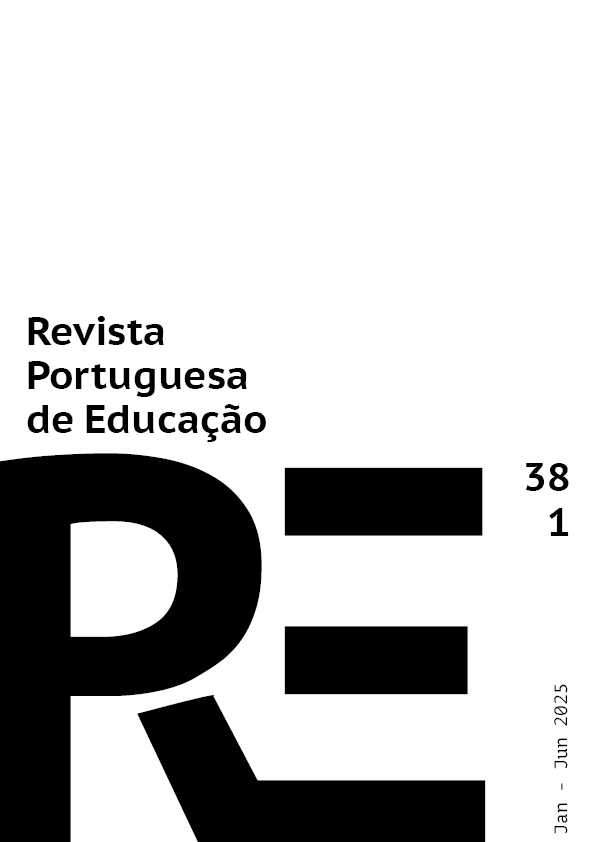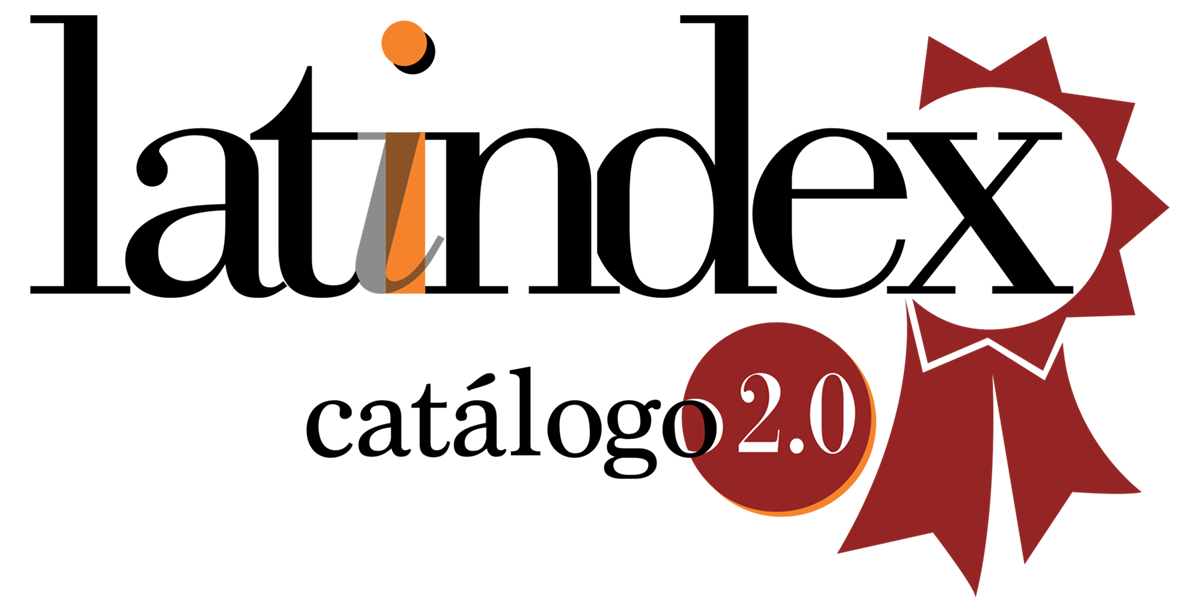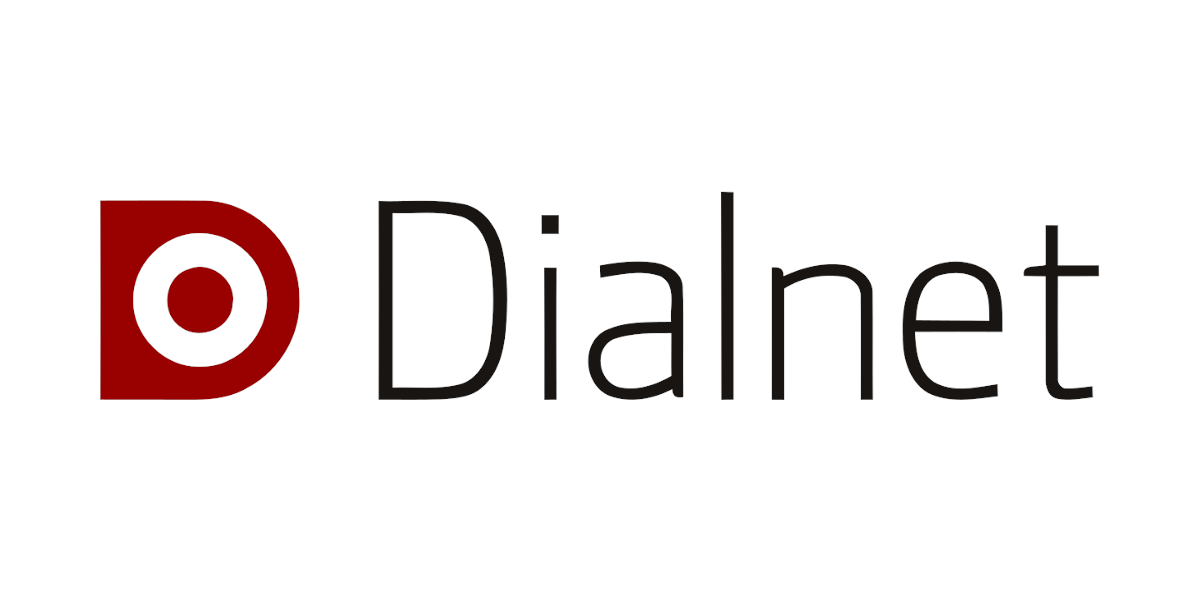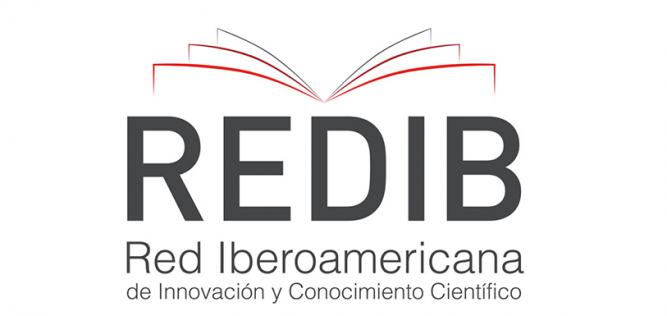La eficacia escolar en Portugal: Comparando los factores asociados a la eficacia escolar con datos PISA 2015 y 2018
DOI :
https://doi.org/10.21814/rpe.33811Mots-clés :
PISA; Eficacia escolar; Evaluación educativa; Rendimiento académico; Pruebas internacionales de evaluación a gran escalaRésumé
El Programa para la Evaluación Internacional de Alumnos (PISA), desarrollado por la Organización para la Cooperación y el Desarrollo Económico (OECD), evalúa las competencias en lectura, matemáticas y ciencias de los alumnos que terminan la enseñanza obligatoria. Desde el año 2000, ha repercutido en los sistemas educativos y se ha utilizado para realizar comparaciones internacionales. Se emplea un diseño no experimental para analizar los factores de eficacia escolar en Portugal, utilizando datos de PISA 2015 y 2018. Concretamente, se han utilizado dos tipos de análisis cuantitativos, la modelización multinivel y las regresiones logísticas binarias, para identificar las variables asociadas con el rendimiento escolar y la eficacia escolar, respectivamente. La muestra incluyó 11500 estudiantes de 370 escuelas portuguesas. Se han encontrado correlaciones significativas entre determinados factores (feedback, uso de las Tecnologías de la Información y la Comunicación) y el rendimiento académico, pero las regresiones logísticas no han mostrado resultados estadísticamente significativos en relación con la eficacia escolar en Portugal. Por lo tanto, se propone investigar otras variables y aspectos, como las políticas educativas aplicadas, para comprender mejor el éxito educativo del país. También se proponen ciertas líneas de investigación futura sobre el tema.
Téléchargements
Références
Aitkin, M., & Longford, N. (1986). Statistical modelling issues in school effectiveness studies. Journal of the Royal Statistical Society: Series A (General), 149(1), 1-43. https://doi.org/10.2307/2981882
Chapman, C., Muijs, D., Reynolds, D., Sammons, P., & Teddlie, C. (Eds.). (2015). The Routledge International Handbook of Educational Effectiveness and Improvement: Research, policy, and practice. Routledge. https://doi.org/10.4324/9781315679488
Coleman, J. S. (1966). Equality of educational opportunity. U.S. Department of Health, Educatio.
Creemers, B. P. M., & Kyriakides, L. (2008). The dynamics of educational effectiveness: A contribution to policy, practice and theory in contemporary schools. Routledge.
Ding, H., & Homer, M. (2020). Interpreting mathematics performance in PISA: Taking account of reading performance. International Journal of Educational Research, 102, e101566. https://doi.org/10.1016/j.ijer.2020.101566
Doncel-Abad, D., & Cabrera-Álvarez, P. (2020). Comunidades Autónomas bilingües, identidades y desempeño educativo según PISA 2015. Revista de Educación, (387), 163-188. https://doi.org/10.4438/1988-592X-RE-2020-387-443
Frade-Martínez, C., O’Hara, J., Gamazo, A., Olmos-Migueláñez, S., & Brown, M. (2024). A multilevel investigation of factors related to achievement in Ireland and Spain using PISA data. Frontiers in Education, 9, e 1306197. https://doi.org/10.3389/feduc.2024.1306197
Frade-Martínez, C., Olmos-Migueláñez, S., & Gamazo, A. (2021). Factors associated with the school performance of Spanish students: A study based on PISA 2018 data [Conference paper]. In M. Alier & D. Fonseca (eds.). TEEM’21: Ninth International Conference on Technological Ecosystems for Enhancing Multiculturality. (pp. 732-736). Association for Computing Machinery. https://doi.org/10.1145/3486011.3486550
Gamazo, A. (2019). Factores asociados al rendimiento y a la eficacia escolar: Un estudio basado en métodos mixtos a partir de PISA 2015 [Tesis doctoral publicada]. Universidad de Salamanca. https://doi.org/10.14201/gredos.140406
Gamazo, A., Martínez-Abad, F., Olmos-Migueláñez, S., & Rodríguez-Conde, M. J. (2018). Evaluación de factores relacionados con la eficacia escolar en PISA 2015: Un análisis multinivel. Revista de Educación, (379), 56-84. https://doi.org/10.4438/1988-592X-RE-2017-379-369
García Perales, R., Almeida, L. S., & Viseu, F. (2017). El rendimiento matemático excelente en las evaluaciones PISA: Resultados para España y Portugal. Revista de Estudios e Investigación en Psicología y Educación, (01), 303-308. https://doi.org/10.17979/reipe.2017.0.01.2998
Goldstein, H. (1987). Multilevel models in educational and social research. Charles Griffin and Company Limited.
Gómez-Fernández, N., & Mediavilla, M. (2021). Exploring the relationship between Information and Communication Technologies (ICT) and academic performance: A multilevel analysis for Spain. Socio-Economic Planning Sciences, 77, e101009. https://doi.org/10.1016/j.seps.2021.101009
Hu, X., Gong, Y., Lai, C., & Leung, F. K. S. (2018). The relationship between ICT and student literacy in mathematics, reading, and science across 44 countries: A multilevel analysis. Computers & Education, 125, 1-13. https://doi.org/10.1016/j.compedu.2018.05.021
Kameshwara, K. K., Sandoval-Hernandez, A., Shields, R., & Dhanda, K. R. (2020). A false promise? Decentralization in education systems across the globe. International Journal of Educational Research, 104, e101669. https://doi.org/10.1016/j.ijer.2020.101669
Laukaityte, I., & Rolfsman, E. (2020). Low, medium, and high-performing schools in the Nordic countries: Student performance at PISA Mathematics 2003-2012. Education Inquiry, 11(3), 276-295. https://doi.org/10.1080/20004508.2020.1721256
Lenkeit, J. (2012). How effective are educational systems? A value-added approach to study trends in PIRLS. Journal of Educational Research Online, 4(2), 143-173. https://doi.org/10.25656/01:7486
Lizasoain Hernández, L., Angulo Vargas, A., Azpillaga Larrea, V., Bartau, I., Danborenea Isusi, M. D., Del-Frago Arbizu, R., Etxeberria Sagastume, F., Intxausti Intxausti, N., Joaristi Olariaga, L., Méndez Usillos, Y., Núñez Fernández, C., & Valadez Monreal, C. (2015). La eficacia escolar en los centros del País Vasco. Universidad del País Vasco (UPV-EHU), Instituto de Evaluación e Investigación Educativa (ISEI-IVEI). https://redined.educacion.gob.es/xmlui/handle/11162/203206
Martínez-Abad, F. (2019). Identification of factors associated with school effectiveness with data mining techniques: Testing a new approach. Frontiers in Psychology, 10, e2583. https://doi.org/10.3389/fpsyg.2019.02583
Martínez-Abad, F., Gamazo, A., & Rodríguez-Conde, M-J. (2020). Educational data mining: Identification of factors associated with school effectiveness in PISA assessment. Studies in Educational Evaluation, 66, e100875. https://doi.org/10.1016/j.stueduc.2020.100875
Murillo Torrecilla, F. J. (2005). La investigación sobre eficacia escolar. Octaedro.
Murillo Torrecilla, F. J. (2007). Investigación iberoamericana sobre eficacia escolar. Convenio Andrés Bello. https://repositorio.minedu.gob.pe/bitstream/handle/20.500.12799/284/155.%20Investigación%20Iberoamericana%20sobre%20eficacia%20escolar.pdf?sequence=1&isAllowed=y
Murillo Torrecilla, F. J. (2008). Hacia un modelo de eficacia escolar: Estudio multinivel sobre los factores de eficacia de las escuelas españolas. REICE: Revista Iberoamericana sobre Calidad, Eficacia y Cambio en Educación, 6(1), 4-28. https://doi.org/10.15366/reice2008.6.1.001
OECD. (2006). El programa PISA de la OCDE: Qué es y para qué sirve. OECD Publishing. https://www.sev.gob.mx/upece/evaluacion/wp-content/uploads/sites/3/2020/10/PISA-que-es-y-para-que-es.pdf
OECD. (2019). PISA 2018 assessment and analytical framework [Report]. OECD Publishing. https://www.oecd-ilibrary.org/education/pisa-2018-assessment-and-analytical-framework_b25efab8-en
OECD. (2023). PISA 2022 results (Vol. I): The state of learning and equity in education [Report]. PISA, OECD Publishing. https://doi.org/10.1787/53f23881-en
Pomianowicz, K. (2021). Educational achievement disparities between second-generation and non-immigrant students: Do school characteristics account for tracking effects? European Educational Research Journal, 22(3), 297-324. https://doi.org/10.1177/14749041211039929
Raudenbush, S. W., & Bryk, A. S. (1986). A hierarchical model for studying school effects. Sociology of Education, 59(1), 1-17. https://doi.org/10.2307/2112482
Scheerens, J. (1990). School effectiveness research and the development of process indicators of school functioning. School Effectiveness and School Improvement, 1(1), 61-80. https://doi.org/10.1080/0924345900010106
Simola, H. (2013). El milagro finlandés de PISA: Observaciones históricas y sociológicas sobre la enseñanza y la formación del profesorado. Profesorado: Revista de Curriculum y Formación del Profesorado, 17(2), 153-169. http://hdl.handle.net/10481/30014
Stringfield, S. C., & Slavin, R. E. (1992). A hierarchical longitudinal model for elementary school effects. In B. P. M. Creemers & G. J. Reezigt (Eds.), Evaluation of educational effectiveness (pp. 35-68). ICO.
Wu, H., Shen, J., Zhang, Y., & Zheng, Y. (2020). Examining the effect of principal leadership on student science achievement. International Journal of Science Education, 42(6), 1017-1039. https://doi.org/10.1080/09500693.2020.1747664
Yetişir, M. I., & Bati, K. (2021). The effect of school and student-related factors on PISA 2015 science performances in Turkey. International Journal of Psychology and Educational Studies, 8(2), 170-186. https://doi.org/10.52380/ijpes.2021.8.2.433
Téléchargements
Publiée
Comment citer
Numéro
Rubrique
Licence
© Cristina Frade-Martínez, Adriana Gamazo, Susana Olmos-Migueláñez, Ricardo Pocinho 2025

Ce travail est disponible sous licence Creative Commons Attribution - Partage dans les Mêmes Conditions 4.0 International.
1. Autores conservam os direitos de autor e concedem à revista o direito de primeira publicação, com o trabalho simultaneamente licenciado sob a Licença Creative Commons Attribution 4.0 CC-BY-SA que permite a partilha do trabalho com reconhecimento da autoria e publicação inicial nesta revista;
2. Autores e autoras têm autorização para assumir contratos adicionais separadamente para distribuição não-exclusiva da versão do trabalho publicada nesta revista (ex.: depositar em repositório institucional ou como capítulo de livro), com reconhecimento de autoria e publicação inicial nesta revista;
3. Autores e autoras têm permissão e são estimulado/as a publicar e distribuir o seu trabalho online (ex.: em repositórios institucionais ou na sua página pessoal), já que isso pode aumentar o impacto e a citação do trabalho publicado (Veja O Efeito do Acesso Livre).
Esta obra está licenciada sob uma Licença Creative Commons - Atribuição Compartilhamento pela mesma Licença Internacional 4.0




















